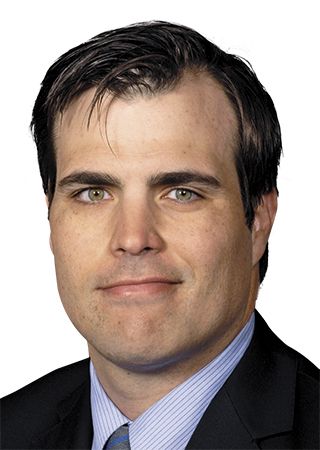Article
Pediatric ureteroscopy: 6-year-old with umbilical pain, microhematuria
Author(s):
This video shows a case of semi-rigid ureteroscopy with laser lithotripsy for ureteral stone in a child, who is rendered stone free without pre-stenting.
‘Y’tube is a video resource for urologists and other physicians who focus on men’s health. This installment focuses on pediatric ureteroscopy. It features videos from Jonathan S. Ellison, MD,Michael P. Kurtz, MD, MPH/Caleb P. Nelson, MD, and Pankaj P. Dangle, MD. Commentary for these videos is provided by Gregory Tasian MD, MSc, MSCE, and 'Y'tube Section Editor James M. Hotaling, MD, MS.
This video shows a case of semi-rigid ureteroscopy with laser lithotripsy for ureteral stone in a child, who is rendered stone free without pre-stenting. We emphasize techniques and equipment.
Dr. Tasian: In a very nice video, Drs. Kurtz and Nelson demonstrate the approach needed for successful semi-rigid ureteroscopy in a small child. The first requirement is having the proper equipment, as the size of cystoscopes and ureteroscopes used for adult patients would be too large for the urethra and ureter of a 6-year-old boy. The second key to success is adapting your surgical approach to accommodate the sizes of the equipment. As Dr. Kurtz demonstrated, a 6F pusher will not fit through the 5F working channel of a 9.5F cystoscope. Knowledge and preparation are key!
Finally, urologists must appreciate the anatomy of children and recognize the visual and tactile clues that indicate safe navigation of pediatric ureters.
Dr. Hotaling: The key point of this video is optimal equipment selection and technique given the small working area afforded by the genitourinary tract of a 6-year-old boy. Drs. Kurtz and Nelson do an excellent job of showing how having the proper equipment and delicate scope handling can facilitate a complex case in pediatric endourology.

Michael P. Kurtz, MD, MPH

Caleb P. Nelson, MD
Dr. Kurtz and Dr. Nelson are pediatric urologists at Boston Children’s Hospital, and assistant and associate professors of surgery at Harvard Medical School, respectively.

Gregory Tasian, MD, MSc, MSCE

Section Editor James M. Hotaling, MD, MS
Dr. Tasian is assistant professor of urology and epidemiology, University of Pennsylvania Perelman School of Medicine, Philadelphia, and Dr. Hotaling is assistant professor of surgery (urology) at the Center for Reconstructive Urology and Men's Health, University of Utah, Salt Lake City.

















